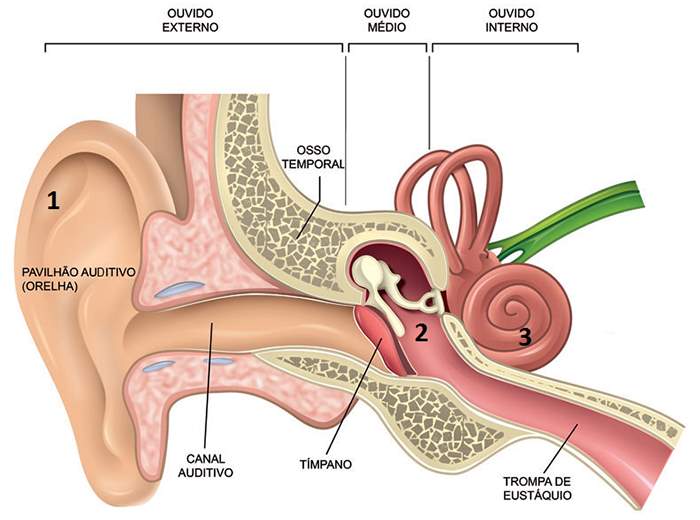
Auditory Rehabilitation

What auditory rehabilitation can be done after treatment for acoustic neuroma?
After resection of a neuroma, in some situations the patient may be deaf in the affected ear. Even before surgery, neuroma patients often lose their hearing to the disorder. In such cases, the person adapts to unilateral deafness and is soon able to again locate sound directions and sources with the functioning ear, and can also discriminate sound in noisy environments.
The patient must learn to carefully observe someone speaking to them in very noisy environments. Through lip reading, the eyes can help the brain understand words that sound very similar but look different.
Some patients report discomfort due to only hearing in one ear, and there are two methods for rehabilitation. The first uses a CROS (contralateral routing of sound) hearing aid, which is a device that receives sound in the deaf ear, amplifies it and transfers it to a second device in the good ear. Some patients find this system very useful.
Following the same principle as CROS, bone-anchored prostheses (BAHA, PONTO, Bonebridge) can be very helpful for patients who had an acoustic neuroma resected. An external microphone picks up sounds which are converted into vibrations and transmitted into a titanium screw embedded in the bone behind the ear. These vibrations travel to the inner ear where they can be perceived as sound by the auditory nerve.

